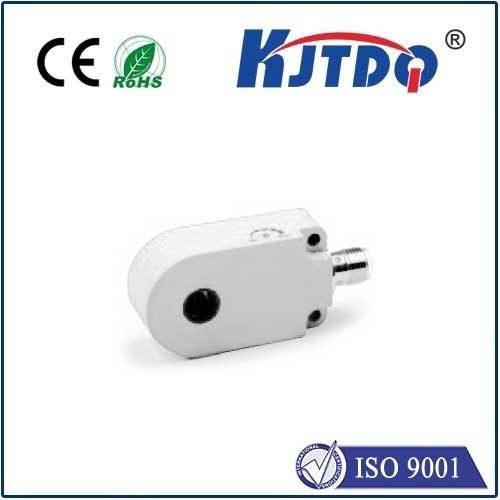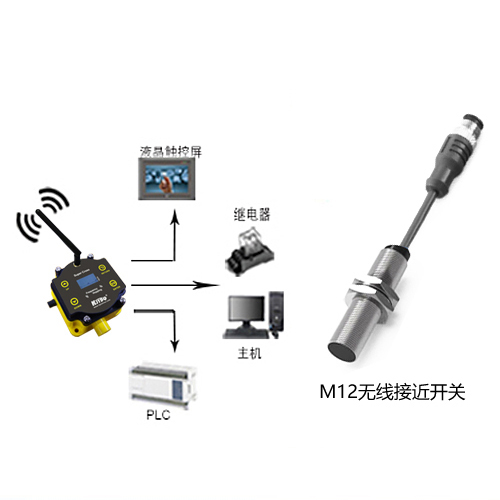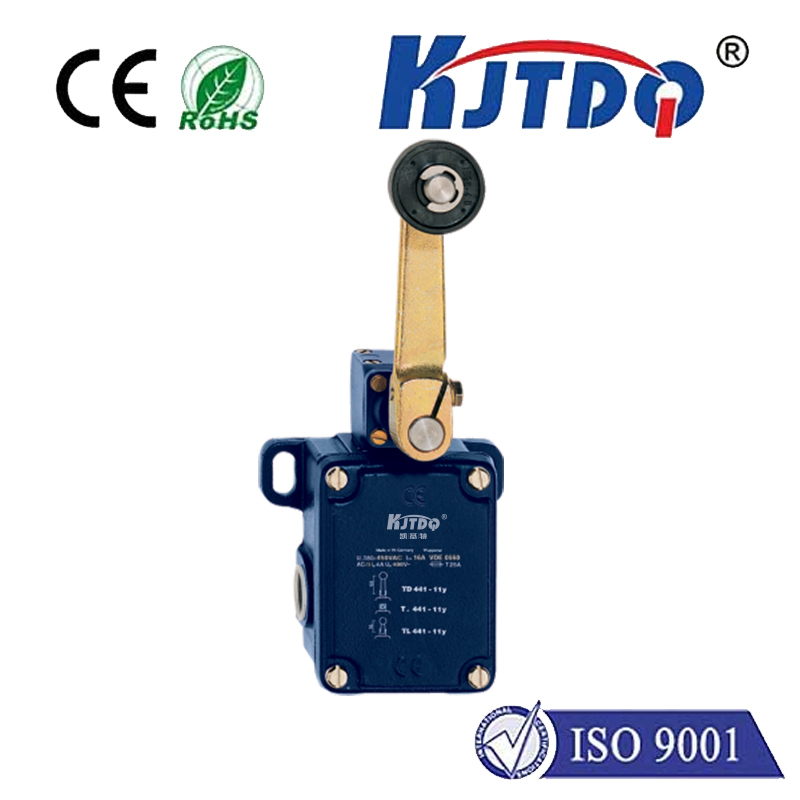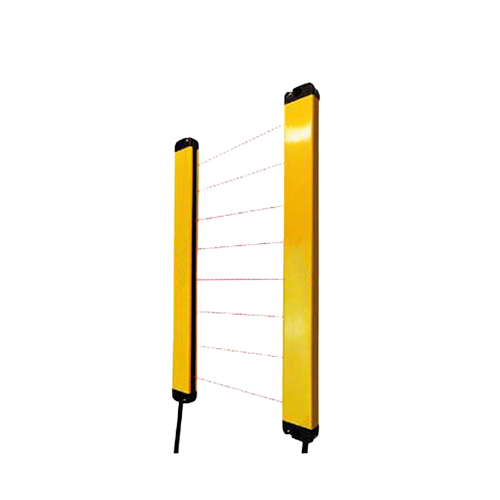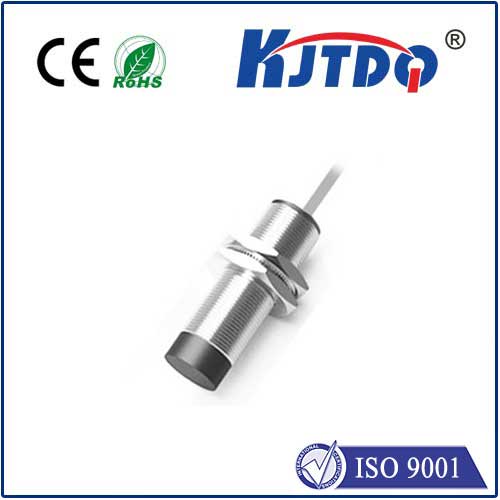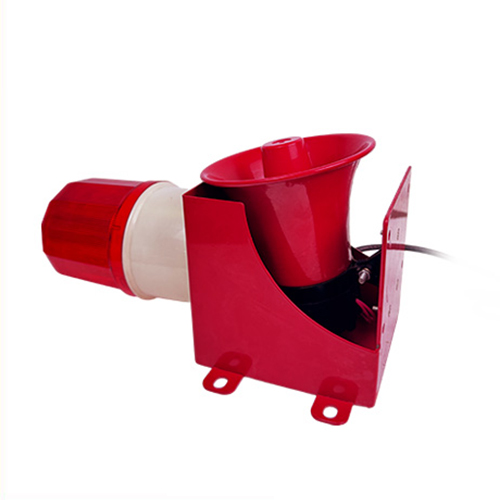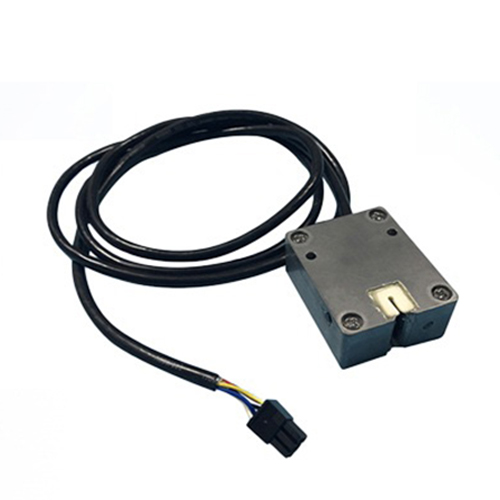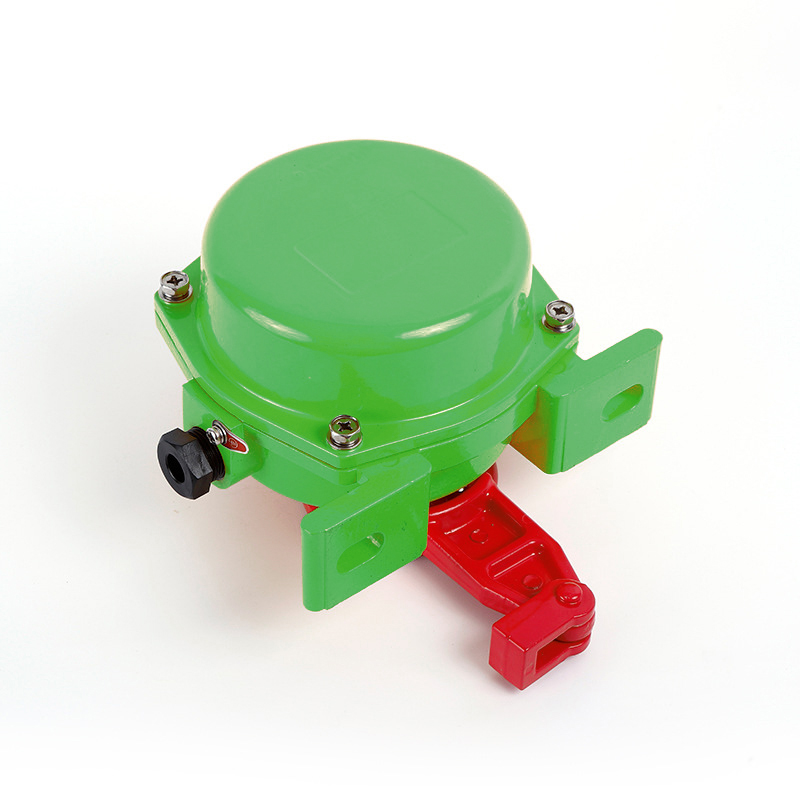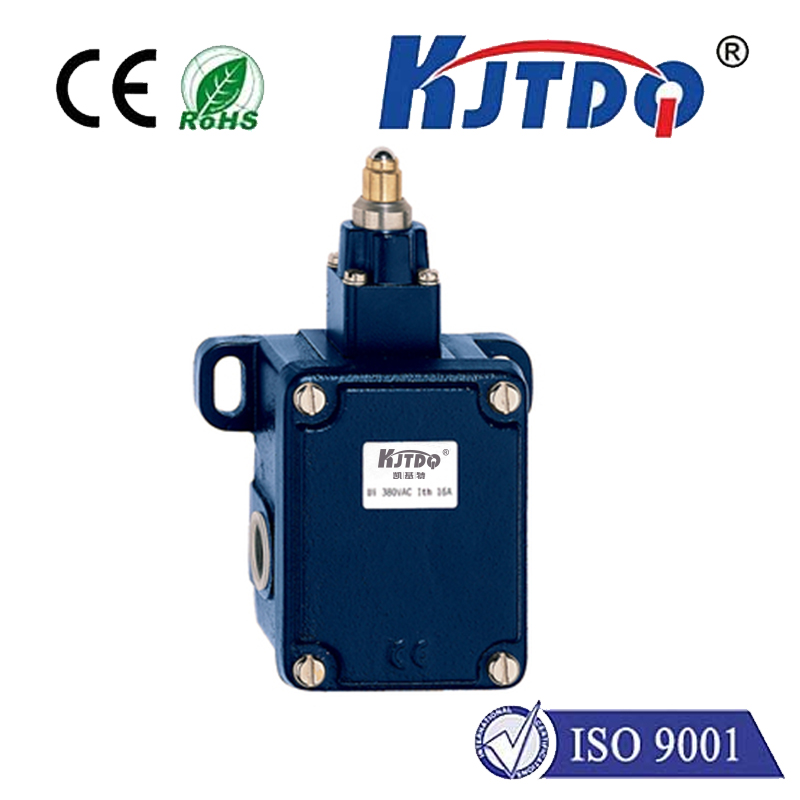Чувствуемая близость
- time:2025-06-13 02:06:44
- Нажмите:0
Inductive Proximity Sensors: The Invisible Guardians of Industrial Automation
Imagine a high-speed production line. Robotic arms swing with precision, conveyor belts hum, and metal components glide past at lightning speed. Amidst this orchestrated chaos, how do machines know? How do they detect the presence of a metal object – a crucial piston, a gear, a can on a filling line – without ever touching it, reliably, millions of times? The answer often lies in inductive proximity sensing, a robust and fundamental technology silently ensuring efficiency and safety across countless industries.
Decoding the Principle: It’s All About Eddy Currents
At its heart, an inductive proximity sensor operates on the principle of electromagnetic induction. A high-frequency oscillator within the sensor generates a rapidly alternating electromagnetic field at its active face (the sensing surface). When a conductive, typically metallic, target enters this field, eddy currents are induced on the surface of that target.
These eddy currents create their own opposing electromagnetic field. This interaction dampens the original oscillation generated by the sensor. An internal circuit meticulously monitors the amplitude of this oscillation. As the target approaches, the damping increases, causing the oscillation amplitude to decrease. Once this decrease surpasses a predefined threshold, the sensor’s output state dramatically changes – usually switching from “Off” to “On” (or vice-versa, depending on configuration). Crucially, no physical contact occurs; detection happens purely through the interaction of electromagnetic fields.
Why Inductive Proximity Reigns Supreme in Harsh Environments

This non-contact detection method is the cornerstone of the technology’s remarkable advantages:
- Exceptional Reliability & Longevity: With no moving parts and no mechanical wear from physical contact, inductive sensors boast incredibly long operational lifespans. They shrug off millions of operating cycles effortlessly.
- Robustness Against Contaminants: Unaffected by dust, dirt, oil, grease, moisture, or even opaque liquids (provided the housing is appropriately rated - think IP67, IP69K), they thrive in environments where optical sensors would fail. This inherent toughness makes them staples in foundries, machine shops, food processing plants, and outdoor applications.
- High Switching Speeds: Capable of detecting targets at frequencies reaching tens of thousands of Hertz, they easily keep pace with the fastest modern machinery. Speed and precision are their hallmarks for position and speed monitoring.
- Resistance to Vibration & Shock: Their solid-state construction makes them highly resilient to mechanical stress, ensuring consistent operation in demanding settings.
- Simplified Installation & Maintenance: Generally easy to mount and requiring minimal calibration or adjustment after installation, they offer a low total cost of ownership. Their robust nature minimizes unscheduled downtime and maintenance interventions.
The Core Considerations: Sensing Range and Target Material
While highly versatile, understanding the nuances of inductive sensors is key to optimal application:
- Nominal Sensing Range (Sn): This is the standard detection distance specified for a defined standard target (usually mild steel). It’s vital to remember that actual sensing distance can vary significantly based on the target material’s properties.
- The Material Factor: Metals have different abilities to induce eddy currents. Ferrous metals (like iron and steel) are detected at the specified Sn. Non-ferrous metals (aluminum, copper, brass) have a reduced effective sensing distance – often 30% to 60% of Sn for aluminum, and potentially even less for brass or copper. Non-conductive materials (plastic, wood, cardboard) are generally invisible to standard inductive sensors. Factor this in when selecting your sensor. Sensor manufacturers provide correction factors for various metals in their datasheets. Choosing sensors specifically tuned for non-ferrous metals is also an option.
- Hysteresis: This refers to the small difference between the point where the sensor detects an approaching target (switch-on point) and the point where it detects the target moving away (switch-off point). Purposefully designed hysteresis prevents output chattering when a target stops precisely at the sensing edge.
Pervasive Presence: Where Inductive Sensors Make a Difference
The applications of inductive proximity sensors are virtually endless within industrial automation:
- Position Verification: Confirming a cylinder is fully extended or retracted, verifying parts are present in fixtures or nests, detecting end-of-travel limits. Essential for sequence control.
- Object Counting: Tallying bottles, cans, packages, or discrete parts moving past a point on a conveyor.
- Speed Monitoring: Measuring RPM by counting gear teeth or detecting bolt heads rotating past the sensor.
- Level Detection: Sensing the presence/absence of metal in tanks or hoppers (often used as a limit switch).
- Machine Safety: Serving as part of safety interlock systems, confirming guards or doors are securely closed before operation.
- Wear Monitoring: Detecting the gradual wear of metal parts (like brake pads or cutting tools) by sensing the approach of an indicator or target.
- End-of-Travel Detection: Safely stopping moving parts like slides or lifts at their programmed limits.
Beyond the Standard: Variants for Specific Needs
While the basic principle remains constant, specialized inductive sensors cater to unique challenges:
- Factor 1 Sensors: Designed to offer consistent sensing ranges for different metals, minimizing the variation caused by target material composition. Ideal when detecting mixed metals.
- High-Temperature Sensors: Employing specialized materials and designs to withstand environments exceeding typical industrial limits (125°C+).
- Weld-Immune Sensors: Built to resist the intense electromagnetic interference generated by welding equipment, preventing false triggering.
- Analog Output Sensors: Providing a continuous output signal (e.g., 0-10V or 4-20mA) proportional to the distance to the target, enabling precise position measurement within their range.
- Ring/Cylinder Sensors (Slot Sensors): Designed for specific geometries, like detecting the presence of bolts, nuts, or verifying if a small part is inserted through a hole.
The Unseen Workhorses
Inductive proximity sensors are rarely glamorous, often hidden within machinery, but their impact is profound. They embody reliability, ruggedness, and simplicity. By harnessing the fundamental physics of electromagnetic fields and eddy currents, they provide the critical “eyes” of automation where contact is impossible or undesirable, and harsh conditions prevail. From the showering sparks of a welding cell to the sterile chill of a food packaging line, these invisible guardians ensure the smooth, safe, and efficient operation of the modern industrial world. Their silent, non-contact vigilance is foundational to the precision and productivity we often take for granted.

